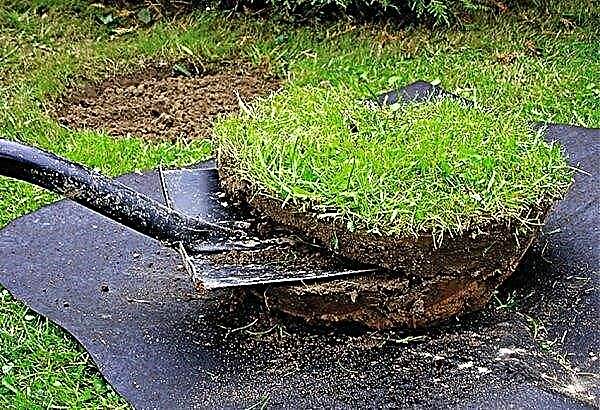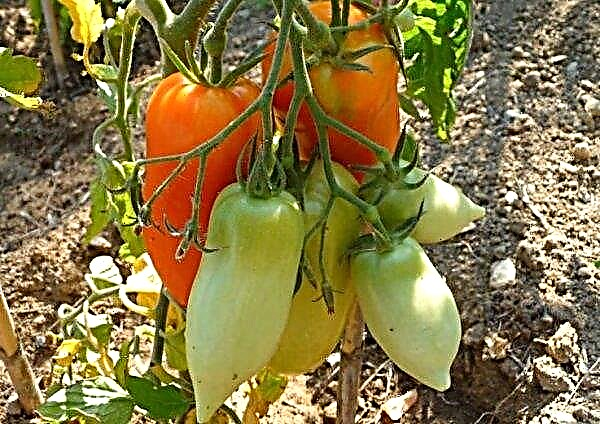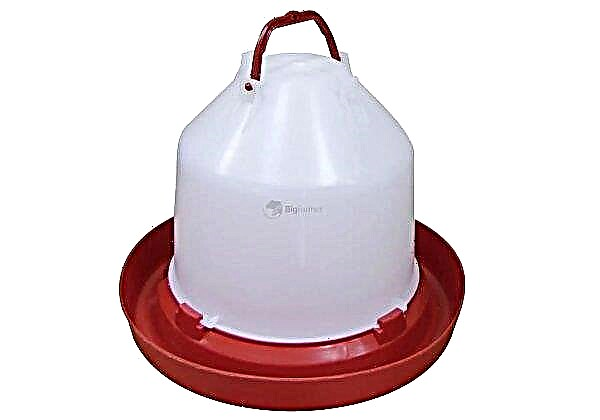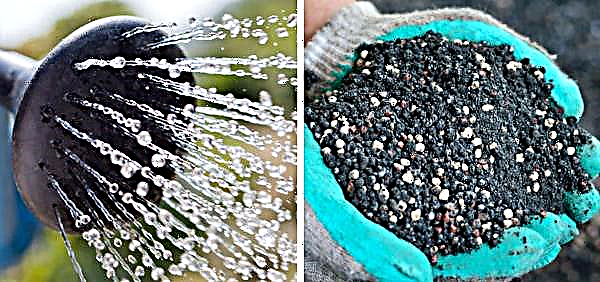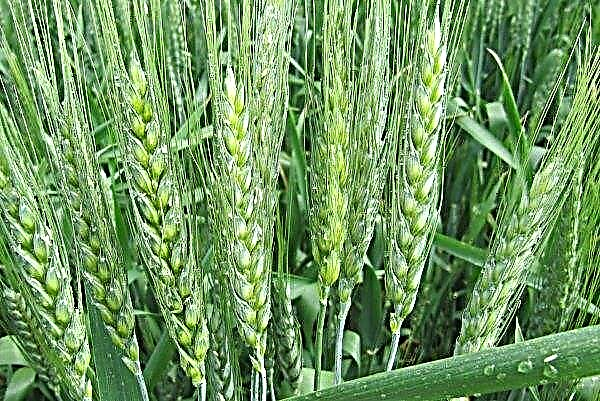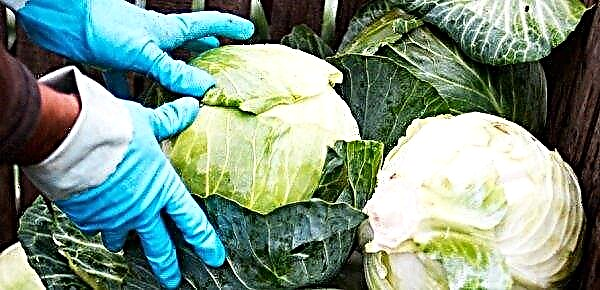Carrots are a popular unpretentious vegetable. Despite its undemanding agricultural practices, a good crop cannot be harvested without timely watering, weeding and fertilizing. This is especially true of top dressing, about which many gardeners forget, considering this procedure secondary. There are rules for fertilizing before planting and after the crop. We will talk about them further.
What fertilizers to plant carrots
Carrots are not very demanding on the chemical composition of the soil. It is more important for her how loose and waterproof she is. Of course, if the land meets these parameters and is not very depleted, then you can grow a vegetable without fertilizers, but then the carrots will be small, so it is still advisable to fertilize the soil before planting the crop. Usually, organics and mineral fertilizers are used for these purposes, as well as combinations thereof.

Organic
These types of fertilizers are mixed with soil in the fall. Vegetable prefers rotten organics. If in front of a carrot a crop grew on a site that was fed humus or compost, then it is not necessary to additionally introduce nutrient mixtures into the soil.
Otherwise, the soil is mixed with peat manure and compost at the rate of 6-8 kg / 1 m². If there is a need to deoxidize the soil, then they add more chalk, dolomite flour or ash. The liming procedure is carried out when the pH is less than 5.5 units.
Important! It is impossible to lime and add organic matter at the same time. It is advisable to first fertilize the soil, and then level its acidity.
Mineral
Minerals are introduced into the soil closer to winter, but most often the mineralization procedure is carried out 2-3 weeks before planting, together with the preparation of the beds in the garden.
For different types of soil, its own set of elements and its dosage:
- peat soil - 1 tbsp. l superphosphate, 1 tbsp. potassium chloride, 1 part urea (per 1 m²);
- clay, podzolic, sandy soil - 2 tbsp. nitrophosphate, 1 tbsp. superphosphate (per 1 m²);
- chernozem - 2 tbsp. superphosphate (per 1 m²).

There is another feeding system:
- 14-21 days before planting - vermicompost;
- in a couple of days - humates.
Make 65–85 g of mineral fertilizers per square meter. After that they dig a bed. Instead of mineral complexes, you can add wood ash (12-15 kg / 100 m²) during the excavation of the site. Ash will saturate the soil with potassium and other trace elements.
Fertilization dates before planting
Regardless of the type of soil, pre-sowing fertilizing is carried out 20 days before planting. The soil is simply loosened and leveled. It is best to add organic matter in the form of humus and compost. You can also add minerals in dry form. Such fertilizers are simply scattered on the bed (40-50 g / 1 m² of superphosphate, 20-30 g / 1 m² of potassium chloride and the same amount of ammonium sulfate).
Did you know? Initially, carrots were grown for fragrant tops and seeds. For the first time, the root crop was eaten in ancient times in the 1st century BC. e.
Seed Processing Rules
The seed material of the culture rises very poorly due to the large number of essential oils that interfere with normal germination, therefore, to accelerate germination, they must be processed. Large seed producers often indicate on packages that their products have been processed. Such seeds do not need to be pre-prepared.

For the rest, there are such processing methods:
- Dissolve microfertilizers in warm water (according to the instructions) and place the seeds in them for 2-3 hours. Then dry to make them loose.
- In a liter of warm water dissolve 2 tbsp. ash, leave to infuse for 2 days, periodically stirring the solution. Strain the resulting mixture and immerse the seeds in a gauze bag for 8-10 hours. Then dry them to a loose state.
- In a liter of warm water, dissolve 1/3 part of boric acid, 1/2 part of nitrophosphate. The seeds wrapped in gauze are immersed in the solution for 3 days.
Rules for planting carrots in the ground
There are certain rules for planting carrot seeds in open ground:
We advise you to familiarize yourself

- It is desirable to plant it in fertile sandy loamy or light loamy soil. It does not grow, or rather it grows poorly (it turns weak, deformed) in heavy soil.
- The norm of acidity is 5.5–6.5 pH.
- The best predecessors are cucumber, tomato, onion, potatoes, and legumes.
- Seeds suitable for planting are not older than 3-4 years.
- The interval between rows is 15–25 cm, between plants - 3–8 cm.
- To obtain uniform seedlings, you can use paper strips with seeds, bought at the store or prepared independently (the seeds are attached using toilet paper to the paste).
- To get an early harvest, sow in the last decade of April. To obtain a vegetable with good indicators of keeping quality - in the beginning or in the middle of May.
- A drip irrigation system is arranged on the garden with a carrot, since the seed really needs moisture before emergence, and with such an irrigation system it is much easier to monitor soil moisture.
Features of feeding after planting
To get a good harvest, carrots should be nourished all season.
Important! The earliest harvest can be obtained by sowing in the winter at the end of October — mid November. The main thing is — seeds only to disinfect and dry, and also to select a site under a bed on which the snow disappears most of all in the spring.
If the soil on the bed was fertilized during its preparation in spring or autumn and the nutrient mixtures were introduced before planting, then in summer it is enough to feed the crop 2-3 times:
- With the advent of the first pair of true leaflets, the first complex of beneficial substances is introduced (0.5 tbsp nitrophoski per 5 l of water per 1 m² or 0.5 tbsp potassium nitrate, 1 tbsp superphosphate, 0.5 tsp urea) .
- After two to three weeks, a second top dressing with complex fertilizers (0.5 tsp / 5 l) is performed.
- Feed the third time preferably late varieties of crops. Mineral mixtures containing no nitrogen are introduced.

The last top dressing should be carried out 3-4 weeks before the planned harvest. Fertilize the crop preferably after irrigation or rain. Sandy soils need more fertilizing (5–6). It is advisable to use liquid complexes and with a lower dosage than indicated in the instructions for the product (three times).
Carrots will respond well if, along with top dressing with mineral fertilizers, an infusion of green herbs, or rather a nettle infusion, is introduced. Such a tool can be mixed with wood ash, mullein, and also add the necessary mineral elements.
Did you know? China — leader in the production of carrots. In 2011, it produced 16.233 million tons, which is 45.5% of total world vegetable production.
Tips from experienced gardeners
Plant carrots and take care of it wisely. Without observing the rules for planting and fertilizing, you cannot get a good crop.

Here are some tips for growing crops:
- Organics should be used only rotted, decomposed. Why is this needed? So that not root leaves, but root crops grow.
- You can not plant carrots in the area where chlorine-containing substances were introduced, since the root crop will absorb it.
- Potash fertilizers are not applied in the form of salts containing chlorine.
- If superphosphate is added for digging, then it should be crushed for better absorption.
- Do not overdo the phosphorus top dressing on acidic soils, as they transform into unassimilable compounds and increase acidity.
- Always accurately dose fertilizers, since the surplus will not bring benefits, but only do harm.
- To increase the immunity of the root crop, one and a half to two weeks before harvesting, add potassium sulfate. Such a make-up is made for each plant.
- Normal salt will help speed up the absorption of any fertilizer. It also protects plants from pests. Watering with salt water increases the carotene content.



